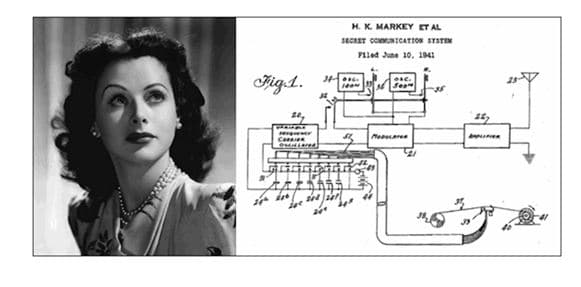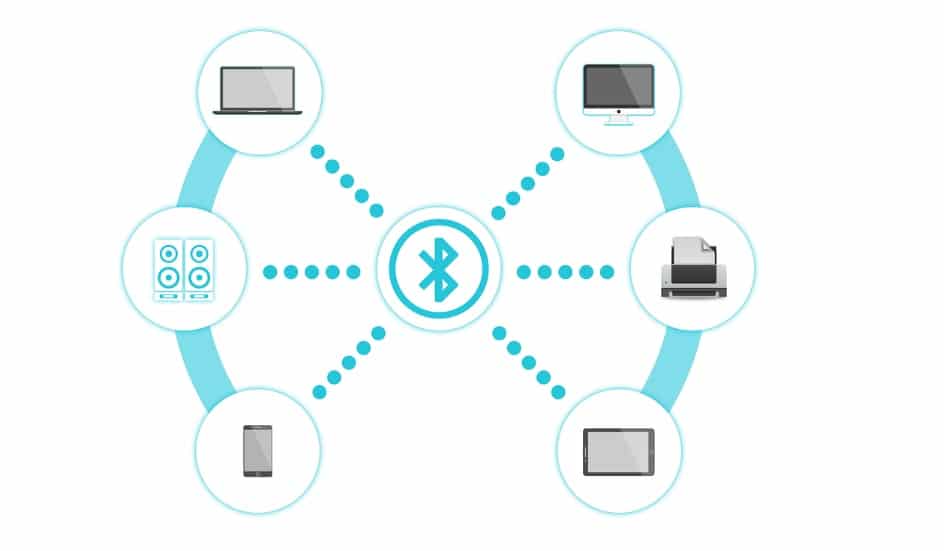Feb. 03, 2014
FDA PSAP Revision Suggestion – Part III This is the final post on PSAPs from an article submitted to Hearing Health and Technology Matters by Miles Goldsmith, MD, opposing the Draft Guidance for Industry and Food and Drug Administration Staff of November 7th, 2013. In this post, Dr. Goldsmith builds on suggestions in his two previous posts as to why he








